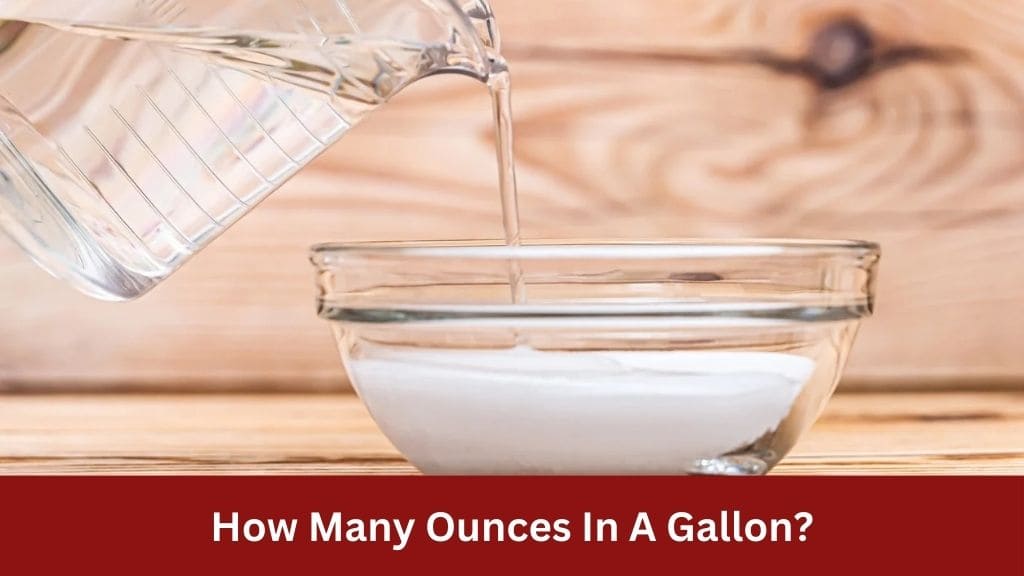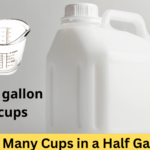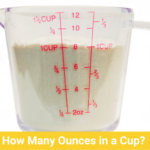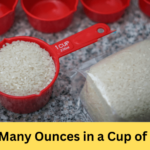When it comes to measurements in the culinary world, understanding conversions is crucial. Whether you’re cooking, brewing, or simply trying to comprehend a recipe, knowing how many ounces are in a gallon is fundamental. This comprehensive guide will delve into the origins of these measurements, explore the variations across different systems, and provide practical conversion charts for easy reference.
Gallons Across the Globe

Understanding the variations in gallon measurements across different regions provides insight into historical influences and contemporary practices. While the concept of a gallon remains consistent as a unit of volume, its precise measurement can vary significantly depending on geographical location and cultural context.
United States Gallon
In the United States, the gallon is defined as 128 fluid ounces. This measurement is deeply ingrained in American culture and is commonly used in various applications, including cooking, brewing, and industrial processes. Despite global trends towards metrication, the US continues to adhere to imperial measurements, including the gallon.
Imperial Gallon
Contrary to the US gallon, the Imperial gallon is utilized in countries such as the United Kingdom, Canada, Australia, South Africa, and New Zealand. The Imperial gallon is larger than its US counterpart, containing approximately 153.6 fluid ounces. Historically, the size of the Imperial gallon has undergone revisions, reflecting changes in measurement standards over time. Despite the widespread adoption of the metric system in these countries, Imperial measurements persist in certain contexts, particularly in traditional practices such as brewing and pub culture.
Metric System
In contrast to the United States and other countries using Imperial measurements, the majority of the world employs the metric system for standardized measurements. Gallon equivalents are not commonly used in metric countries, with liters serving as the primary unit of volume. The metric system offers numerous advantages, including simplicity, uniformity, and compatibility across international borders. While traditional practices may still utilize gallons in some metric countries, the metric system’s prevalence promotes efficiency and consistency in measurement practices.
Historical Context
The origins of gallon measurements can be traced back to ancient civilizations such as Rome and Celtic cultures. The term “gallon” itself has etymological roots in various languages, reflecting the historical significance of volumetric measurement in human societies. Over time, gallon measurements evolved and diversified, influenced by factors such as trade, colonization, and technological advancements. The adoption of standardized measurement systems, including the imperial and metric systems, has shaped contemporary measurement practices and facilitated global communication and commerce.
Practical Considerations
Understanding the nuances of gallon measurements across different regions is essential for various practical applications. Whether cooking, brewing, or engaging in international trade, awareness of measurement conventions ensures accurate communication and execution of tasks. Additionally, familiarity with historical and cultural contexts enriches our appreciation for the diverse tapestry of human knowledge and experience.
Converting Between Ounces and Gallons

Quick Conversion Chart
To facilitate seamless conversions between ounces and gallons, refer to the following chart:
| Fluid Ounces | Cups | Pints | Quarts | Gallons |
|---|---|---|---|---|
| 8 | 1 | 1/2 | 1/4 | 1/16 |
| 16 | 2 | 1 | 1/2 | 1/8 |
| 32 | 4 | 2 | 1 | 1/4 |
| 64 | 8 | 4 | 2 | 1/2 |
| 128 | 16 | 8 | 4 | 1 |
Practical Applications
Understanding conversions between ounces and gallons is essential for various tasks:
Understanding the practical applications of gallon measurements is essential for a wide range of activities, from everyday tasks to specialized industries. Here, we delve deeper into how knowledge of gallons and their conversions impacts various fields:
Cooking and Baking
In culinary endeavors, precise measurements are crucial for achieving desired flavors and textures. Recipes often specify ingredients in gallons, quarts, or fluid ounces, requiring cooks to accurately convert between these units. Whether scaling up a recipe for a large gathering or adjusting proportions for dietary restrictions, proficiency in gallon conversions ensures culinary success.
Brewing and Beverage Production
In the realm of brewing and beverage production, gallons play a central role in recipe formulation and batch sizing. Brewers meticulously calculate the volume of water, malt, hops, and other ingredients required for each brew. Understanding gallons allows brewers to scale recipes for different batch sizes, maintain consistency across batches, and adhere to specific brewing styles and traditions.
Industrial Manufacturing
In industrial settings, gallons serve as a unit of measurement for various liquids, chemicals, and raw materials. Manufacturers rely on precise measurements to formulate products, control processes, and ensure quality standards. From pharmaceuticals to paints to lubricants, accurate gallon conversions are indispensable for optimizing production efficiency and minimizing waste.
Agriculture and Irrigation
In agriculture, gallons are used to quantify water usage for irrigation, livestock hydration, and crop spraying. Farmers must calculate water requirements based on factors such as crop type, soil moisture levels, and environmental conditions. By understanding gallons and their conversions, farmers can efficiently manage water resources, maximize crop yields, and mitigate the impact of drought and water scarcity.
Transportation and Fuel Economy
In the automotive industry, gallons are synonymous with fuel efficiency and consumption. Drivers monitor their vehicles’ mileage in miles per gallon (MPG) or gallons per mile (GPM) to assess fuel economy and optimize driving habits. Engineers and policymakers use gallon measurements to develop fuel-efficient vehicles, evaluate emissions standards, and promote sustainable transportation solutions.
Environmental Conservation
Gallons also play a vital role in environmental conservation efforts, particularly in water management and conservation initiatives. Conservationists track water usage, monitor pollution levels, and implement sustainable practices to protect freshwater resources and aquatic ecosystems. By promoting water-saving technologies and advocating for responsible consumption habits, individuals and communities can help preserve gallons of water for future generations.
Conclusion
In conclusion, the question of how many ounces are in a gallon encompasses a rich tapestry of history, culture, and practicality. While the answer may seem straightforward, nuances exist within different measurement systems and applications. By grasping the fundamentals of ounces and gallons and mastering conversion techniques, individuals can navigate the culinary and industrial landscapes with confidence and precision. Whether you’re brewing a batch of beer or whipping up a culinary masterpiece, the knowledge of ounces and gallons serves as a cornerstone of measurement literacy.





